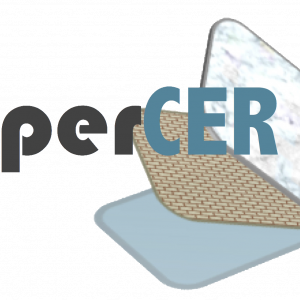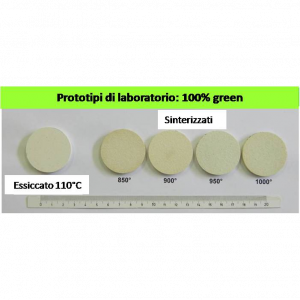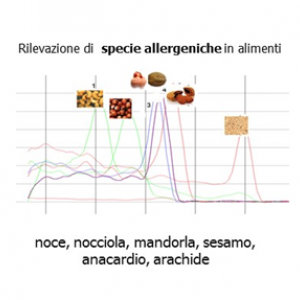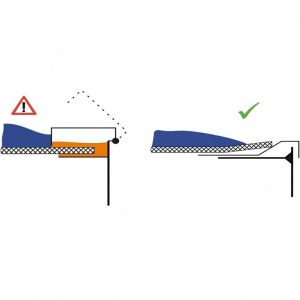
MATER_SOS: sustainable materials for the restoration and construction of new buildings
MATER_SOS are sustainable building materials with low environmental impact to be used throughout the entire supply chain. They have been obtained by innovating formulations of traditional building materials, achieving important results with regard to...






